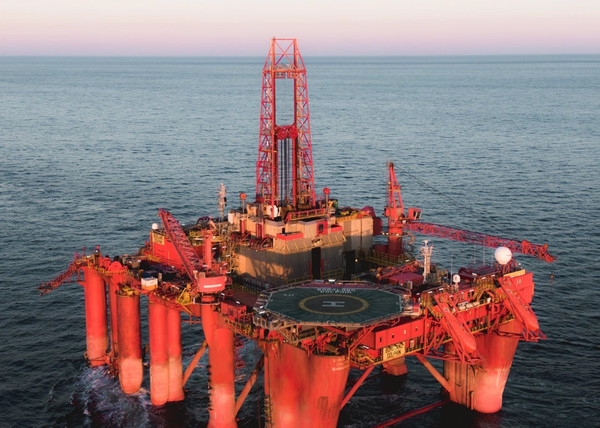
Polish oil firm PGNiG has drilled a dry well in the production licence 937, in the Norwegian Sea.
The well, formally named "Well 6306/3-1 S" - the Fat Canyon Prospect - was drilled using Dolphin Drilling's Borgland Dolphin semi-submersible drilling rig.
The well site is located about 15 kilometers south of the Fenja field in the Norwegian Sea and 100 kilometers northwest of Kristiansund.
The objective of the well was to prove petroleum in a project consisting of sandstones in the Lyr Formation from the Early Cretaceous, as well as in the Rogn Formation from the Late Jurassic.
The well encountered the Lyr Formation with a thickness of about 5 meters, consisting of calcite-cemented clay, silt and extremely fine-grained sandstone with poor reservoir quality.
"The Rogn Formation was encountered with about 27 meters of calcite-cemented sandstone with poor to moderate reservoir quality. The well is dry, with no traces of petroleum. Data acquisition has been carried out," the Norwegian Petroleum Directorate said.
This is the first exploration well in production licence 937. The licence was awarded in APA 2017. The well 6306/3-1 S was drilled to a vertical depth of 2353 meters below sea level and was terminated in basement rock. The water depth at the site is 241 meters. The well will now be permanently plugged and abandoned. PGNiG just recently became the operator of the block, having completed the $615 million acquisition of INEOS Energy's oil and gas business.
The deal, first announced in March 2021, included all INEOS Oil & Gas interests in production, licenses, fields, facilities, and pipelines, on the Norwegian continental shelf.


